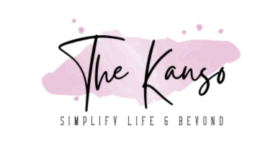Hygiene practices vary significantly from culture to culture. What may seem normal in one country can be quite unusual in another. Americans, known for their use of deodorant and daily showers, may find some international hygiene habits surprising or even bizarre. Here’s a look at some habits that are not typically found in the U.S. but are common elsewhere.
Bidets and Water Over Toilet Paper

In many parts of Europe and Asia, bidets are a common bathroom fixture. These devices spray water to clean the body after using the toilet, providing a level of cleanliness that toilet paper can’t match.
While some Americans may see bidets as a luxury or an oddity, they are considered essential in countries like Italy, Japan, and Argentina. The use of water for cleaning is also prevalent in Muslim-majority countries as part of Islamic toiletry etiquette.
Shoe Removal Indoors
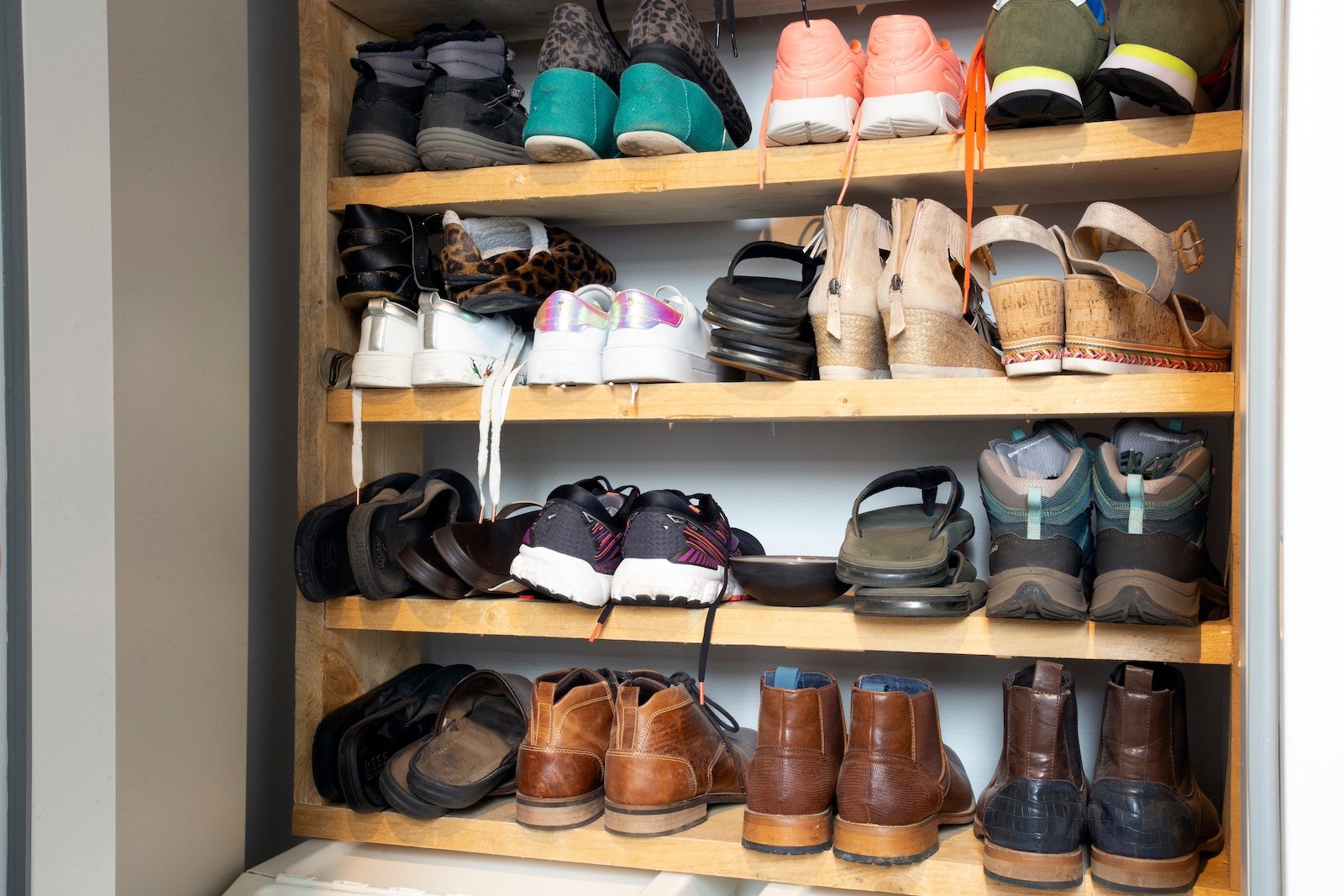
Removing shoes when entering a home is a habit in many Asian countries, such as Japan, Korea, and Thailand, as well as in Scandinavian countries. This practice is rooted in the desire to keep the home free of dirt and germs.
In contrast, it’s not unusual in the U.S. to keep shoes on inside the house.
Steam Baths in Public Bathhouses
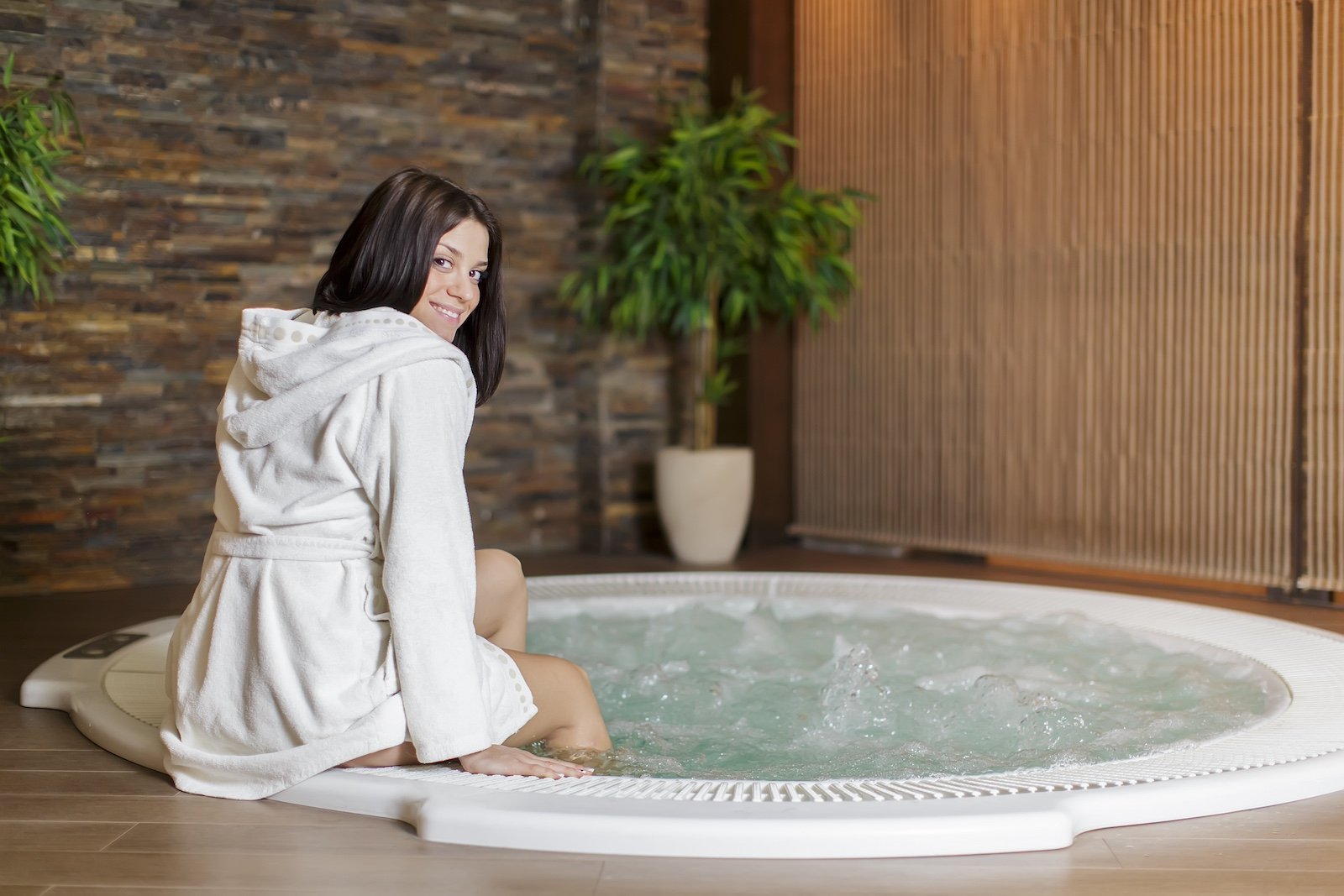
Public bathhouses and steam rooms are integral parts of culture in places like Turkey, Russia, and Korea. For instance, the Turkish hammam and the Russian banya offer not just cleansing but also a space for social interaction. These communal steam baths help cleanse the skin deeply and improve circulation.
Natural Deodorants or None at All

While Americans tend to favor strong antiperspirants, in some parts of Europe and Asia, it’s common to use natural alternatives like alum stones, or even no deodorant at all. The natural body odor is less stigmatized, and the focus is often on cleanliness rather than masking smells.
Daily Multiple Showers
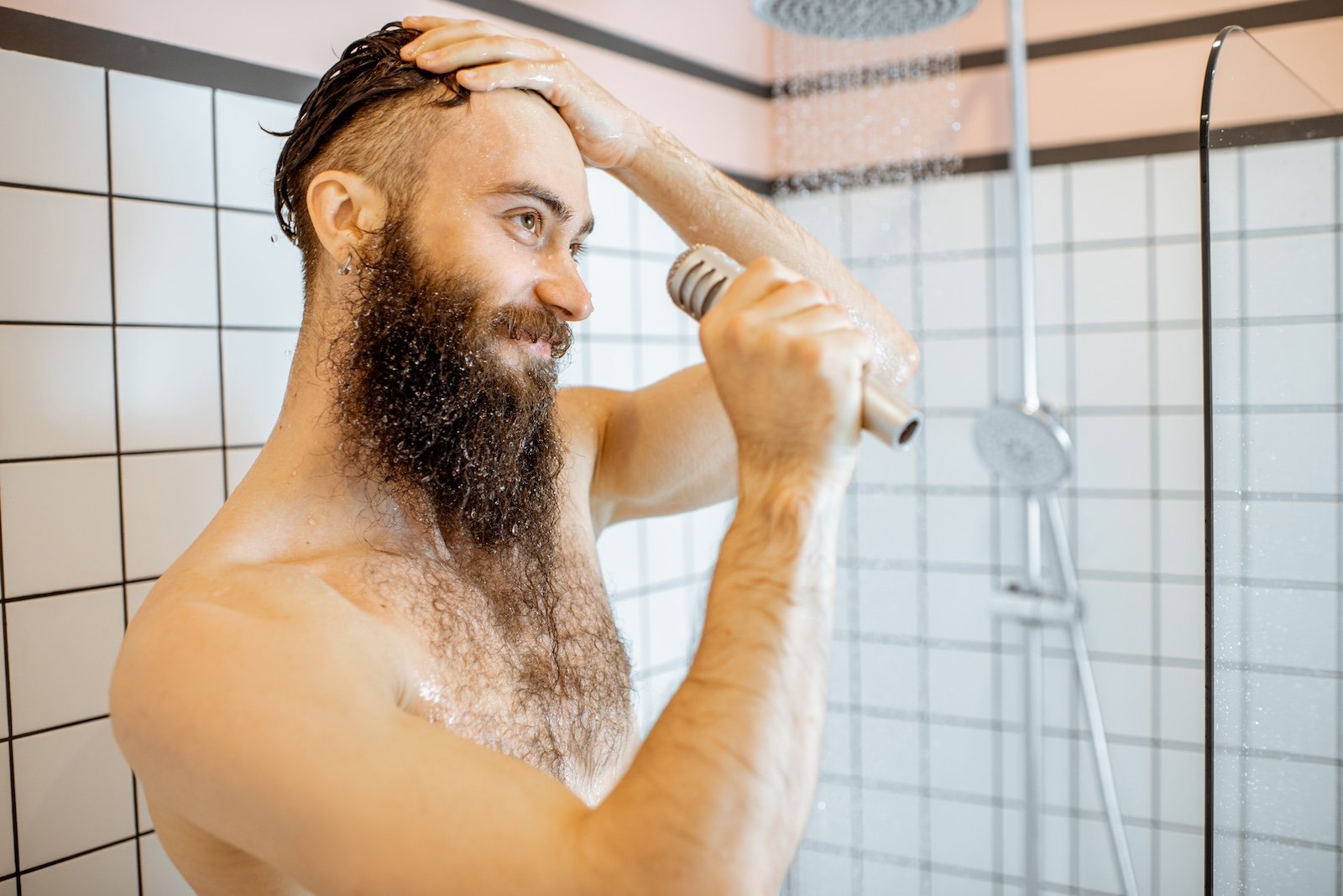
In tropical climates, such as Brazil or Indonesia, taking multiple showers a day is the norm to combat the heat and humidity. This differs from the typical American routine of one shower a day, usually in the morning or evening.
Chewing Sticks Instead of Toothbrushes

In several African and Middle Eastern countries, the use of chewing sticks from the neem tree or other types of wood with antibacterial properties is an age-old practice for oral hygiene. These sticks are used to clean teeth and freshen breath, in contrast to the manufactured toothbrushes and toothpaste commonly used in the U.S.
The Overlooked Oral Hygiene
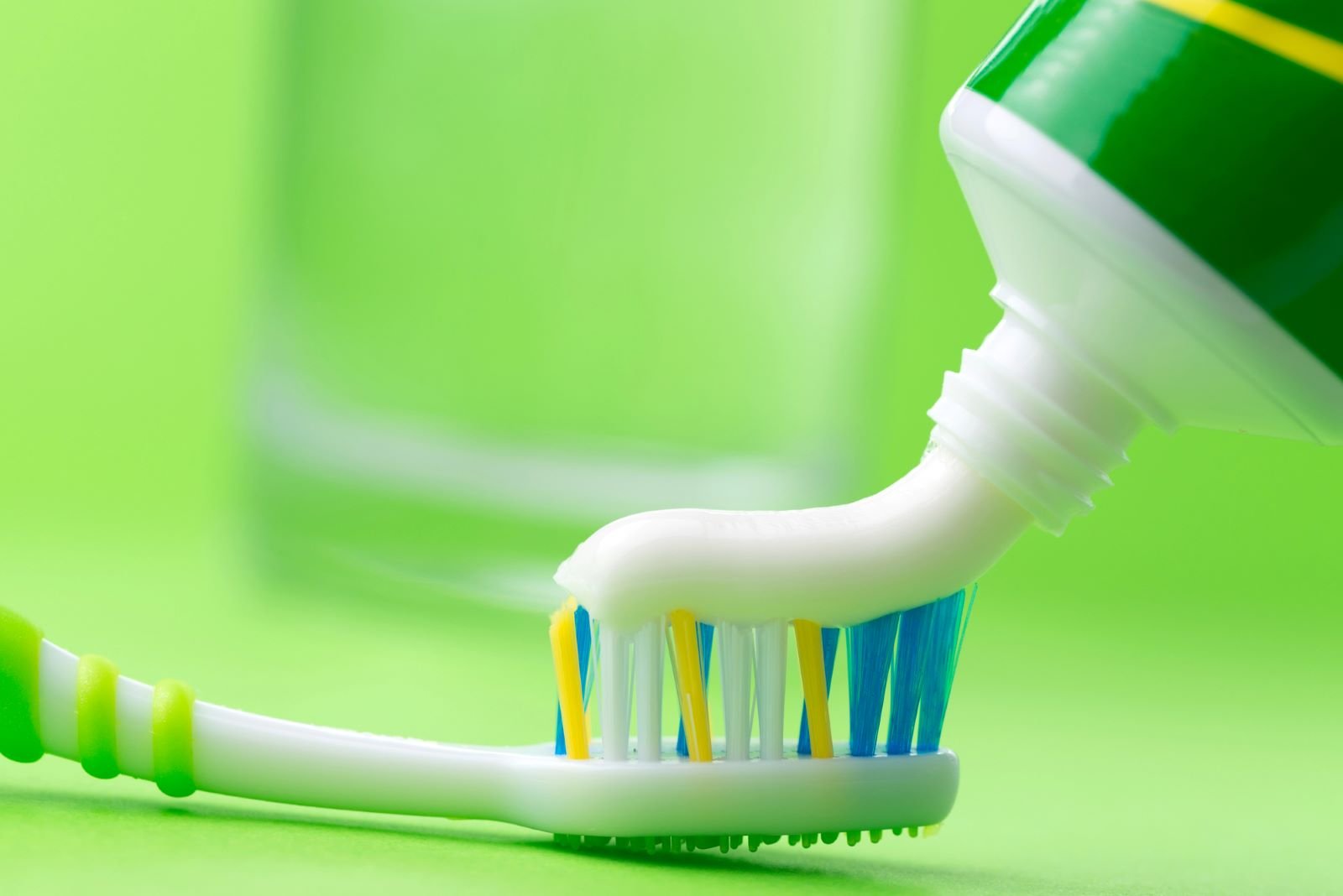
Most Americans are diligent about brushing and flossing, recognizing these as foundational aspects of oral hygiene. Yet, the concept of comprehensive oral cleanliness often stops there, overlooking an equally important practice—tongue scraping.
Routinely using a tongue scraper to clear the tongue of bacteria can significantly reduce bad breath and improve overall mouth health. This simple addition to daily oral care is widely adopted in many cultures but remains oddly underutilized in the U.S., where the focus tends to remain narrowly on teeth and gums, missing out on the full spectrum of oral hygiene benefits.
Sunbathing and Sand Baths

In Egypt, sunbathing and sand baths are not only for relaxation but are also considered therapeutic. The natural heat of the sun and the sand helps in treating various ailments like arthritis and clears the skin. This contrasts with the American focus on sun protection and the risks associated with excessive sun exposure.
Squat Toilets
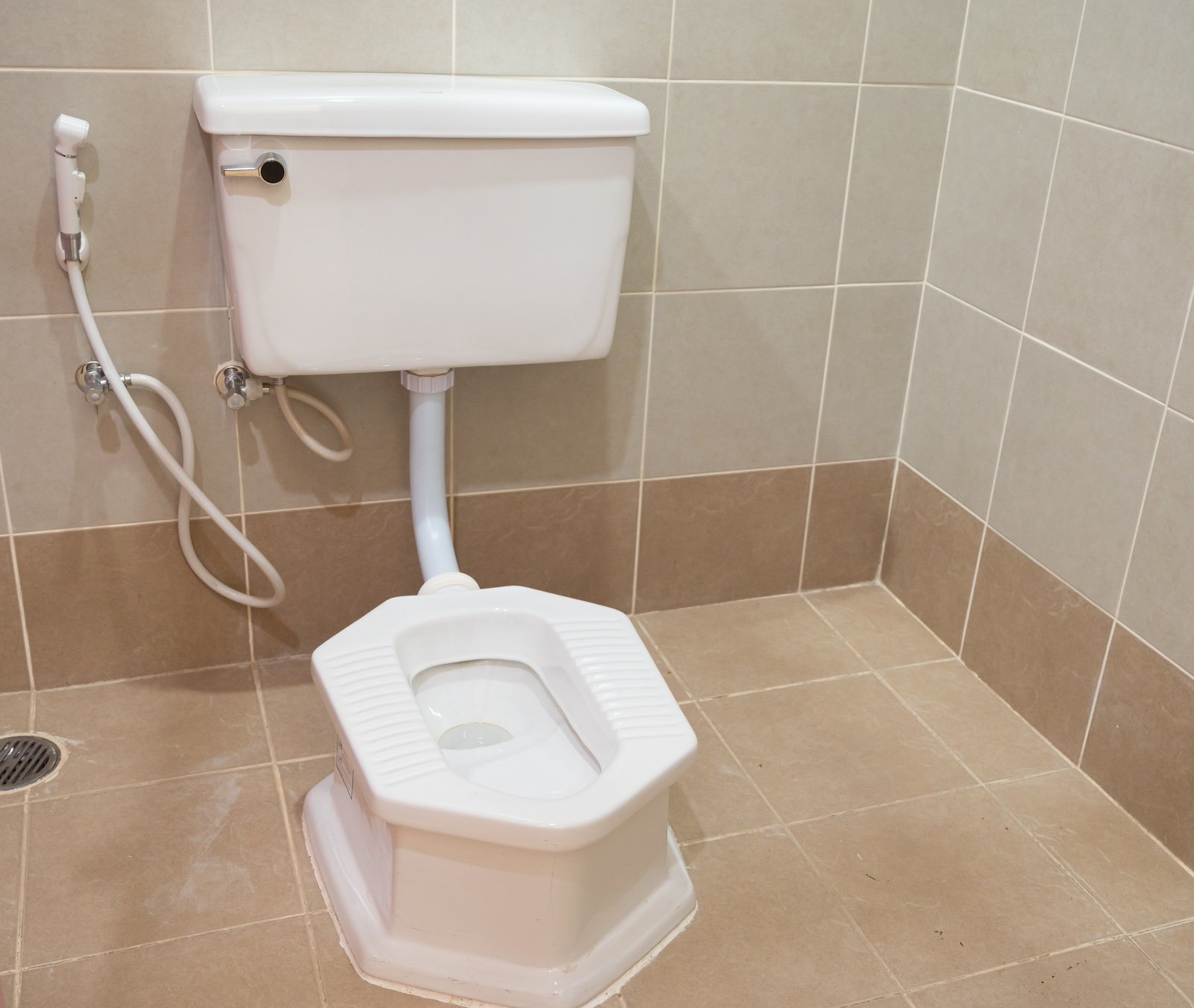
While not directly related to hygiene, proper elimination habits can significantly impact overall well-being. The typical Western toilet posture, sitting with legs bent at a 90-degree angle, isn’t necessarily the most natural position for bowel movements.
Squatting, which brings the knees closer to the chest, maybe a more effective way to eliminate waste. In many parts of Asia, squat toilets are more common than seated ones. These toilets are believed to promote a healthier bowel movement posture. This is quite different from the standard toilet design in America, which prioritizes comfort.
Frequent Handwashing and Bowing Instead of Shaking Hands

In Japan, frequent handwashing and bowing instead of shaking hands are practices rooted in a societal focus on cleanliness and minimal physical contact. This contrasts sharply with the American custom of shaking hands, which has only recently been questioned due to global health concerns. A recent YouGov survey revealed that 38% of Americans do not always wash their hands after using the bathroom. Interestingly, a survey conducted by the global hygiene company SCA found that 80% of Americans believe their hand-washing habits are sufficient.
Use of Saffron and Sandalwood in Skincare
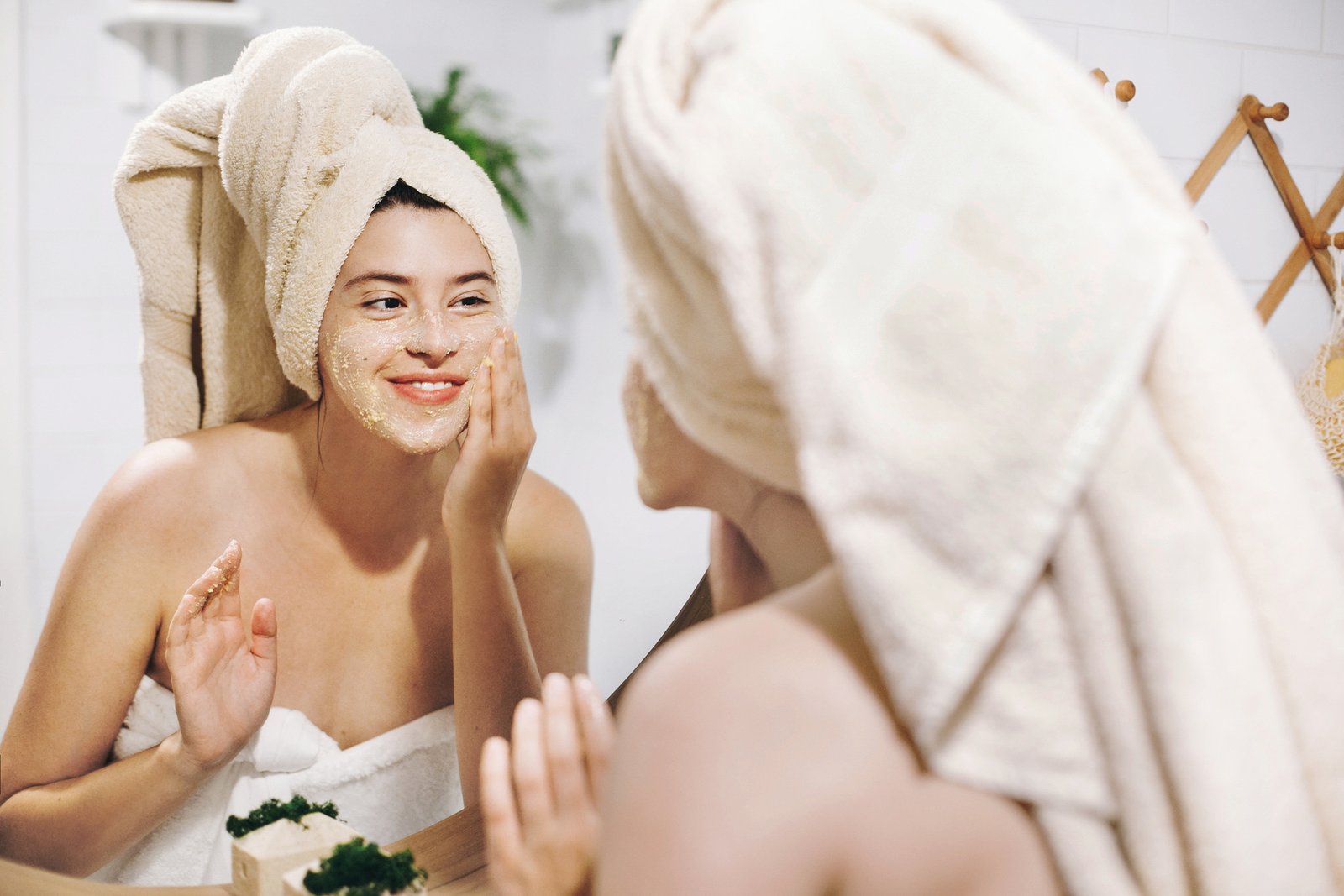
In India, it is common to use natural substances like saffron and sandalwood in skincare. These materials are believed to enhance complexion and have antiseptic properties. Such practices are less common in the U.S., where chemical-based skincare products are more prevalent.
The Odd American Reluctance to Nasal Irrigation
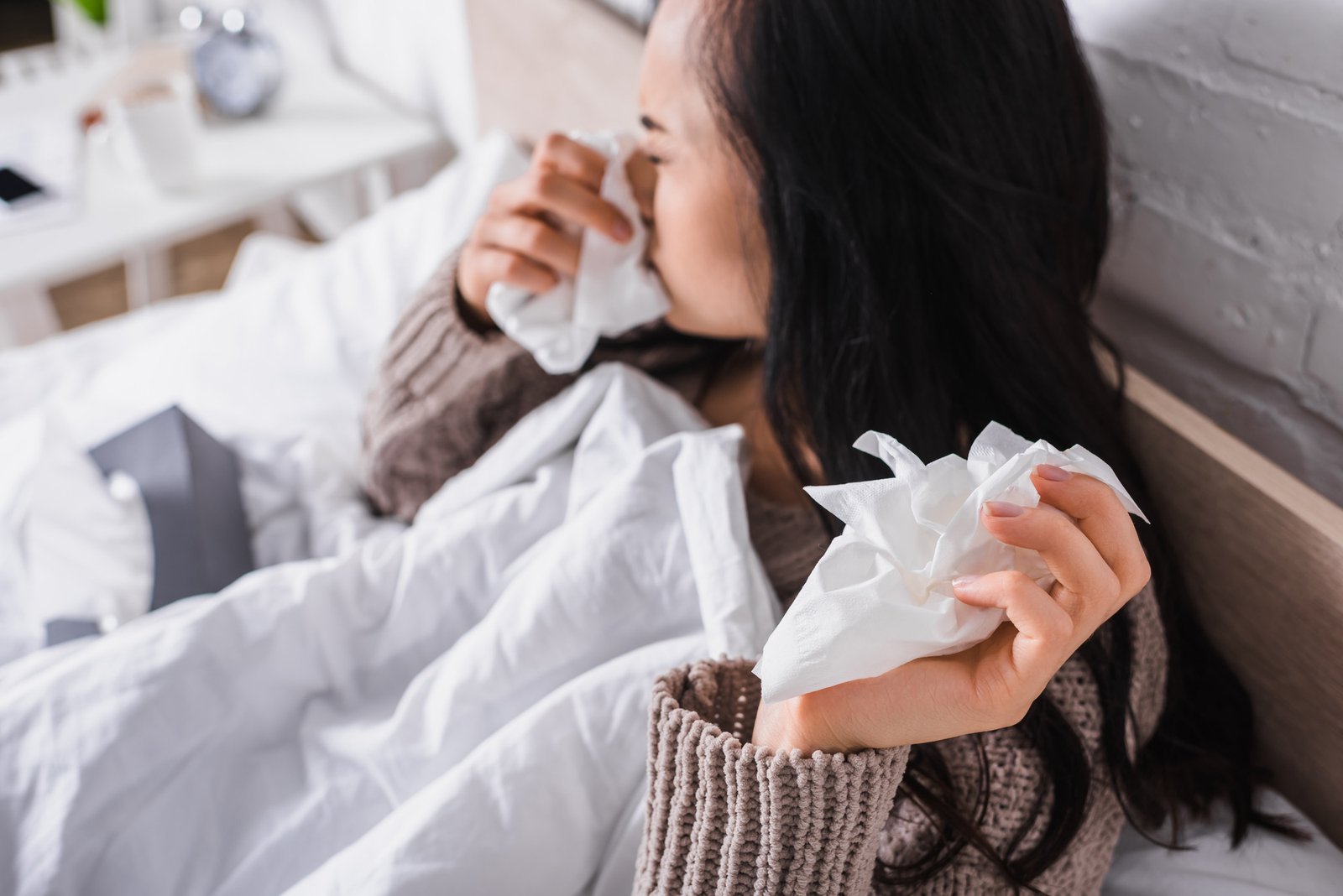
While many Americans typically reserve the use of nasal sprays for times of colds or allergies, incorporating regular nasal saline irrigation into daily routines can greatly benefit overall nasal health—a practice that might seem odd given its straightforward benefits. In other parts of the world, daily nasal cleaning is a routine practice, much like brushing teeth.
However, in the U.S., the idea of routinely flushing the nasal passages with saline solution, readily available over-the-counter, is not widely adopted. Every year, around 40 million Americans suffer from sinusitis, with 33 million cases of chronic sinusitis being reported annually to the Centers for Disease Control and Prevention. This simple method effectively clears out dust, allergens, and excess mucus, facilitating clearer and easier breathing. It can also decrease the likelihood of sinus issues and may help in preventing respiratory infections.
The Misunderstood Role of Cotton Swabs in Ear Hygiene

In America, the use of cotton swabs for ear cleaning epitomizes a common but misguided hygiene practice. Our ears are designed to be self-cleaning, producing wax that protects and lubricates the ear canals. Despite this, many Americans persist in using cotton swabs to clean inside their ears, a practice that can push wax deeper into the ear canal, risking impaction and potential hearing loss. Instead, the safest and most effective way to maintain ear hygiene is to gently wipe the outer ear with a washcloth during regular showering.
